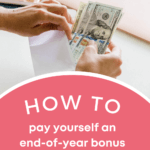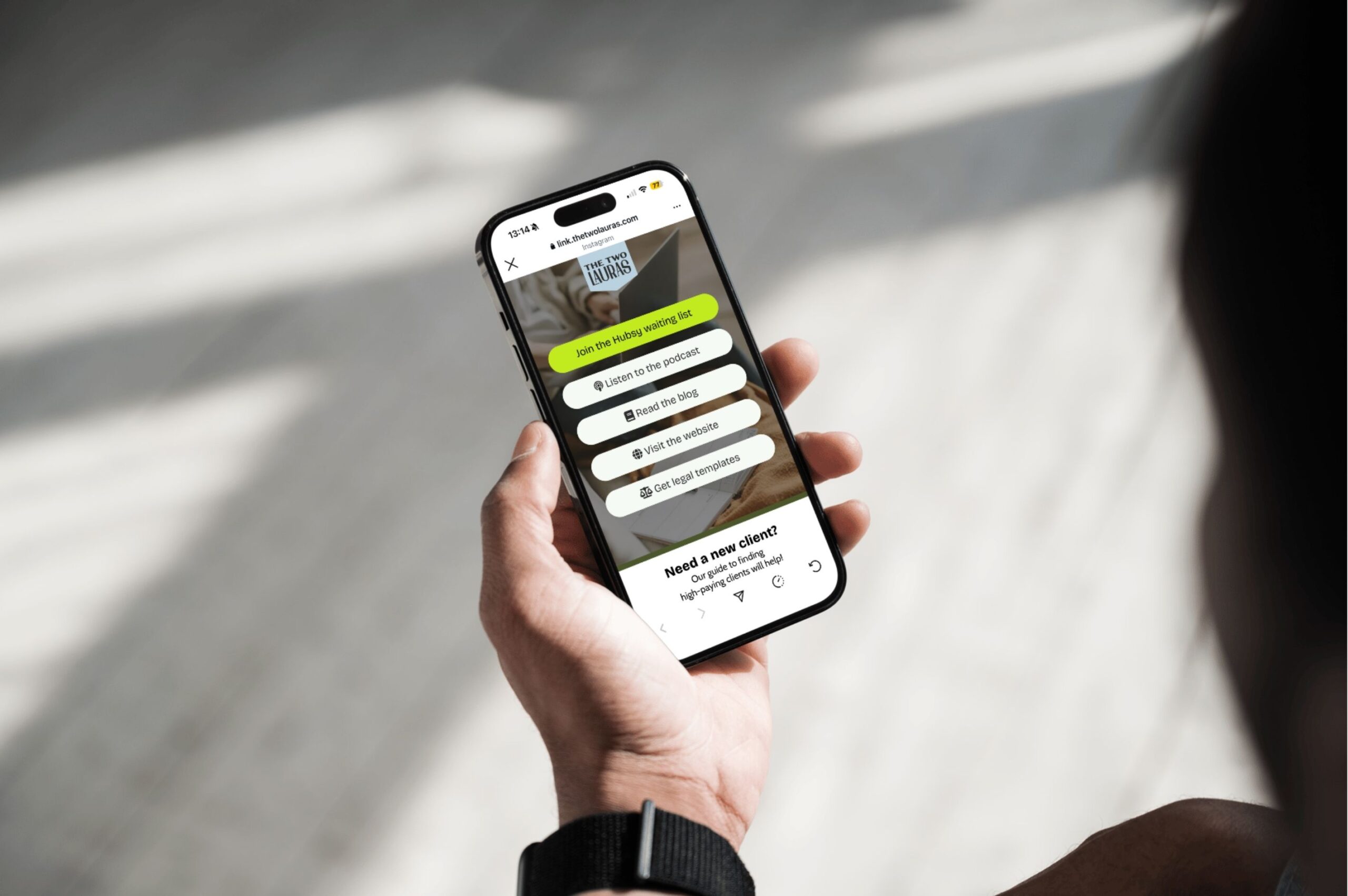Giving yourself a bonus is a novel idea to many freelancers, but this is something that Laura D has done ever since she first started her freelance business.
“Before I went self-employed, I worked in the voluntary sector. It used to really irritate me that my friends in the private sector would all get bonuses, but I got nothing. So as soon as I started my first business and became self-employed, I decided that I would pay myself a bonus at the end of every year!
Now, this isn’t like some London City banker’s 6-figure bonus (although that would be nice), but I will always give myself a little gift at the end of the year as a well done. Some years it would be something small like a spa treatment or a new pair of shows, and some years, I’d go bigger by treating myself to a holiday.
How I treat myself is all relative to how financially successful I’ve been that year, and there are lots of little things that have helped me to do this.”
If you’ve ever wondered how to pay yourself a bonus as a freelancer, keep reading (or listen to the episode) because we’re going to share exactly what you need to do now to give yourself a big fat bonus at the end of this year!
Start by giving yourself a target to work towards
If you want to pay yourself a bonus at the end of the year, the first thing you need to do now is to give yourself a target. This should be a rough idea of how much you want to put aside by the end of the year.
What are you going to be working towards? Do you want to save an extra £100 to buy yourself a new pair of shoes? Do you want to buy a new iPad? Do you want to go on your dream holiday? Whatever it is, set yourself a target to work towards; this is going to be what motivates you.
How to save money to be able to pay yourself a bonus as a freelancer
There are a few different tips and tricks that I've learned to be able to save money each year to pay myself a bonus. Here are some of the things that have helped me the most.
1. Create a savings space
In our business, we use Starling Bank, which allows us to create different visual-saving spaces where we can move a portion of our profits. This means that we’re not able to spend that money unless we move it back into the main account.
If your bank doesn’t have this feature, you could open a separate savings account to separate your money instead. But you definitely want to make sure that you’re separating this money so that you’re not tempted to spend it.
2. Round up your transactions
Another great feature that Starling offers is automated roundups. This allows us to round up any transaction we make and automatically put the extra pennies into our savings pot. For example, if we pay £4.50 for something, Starling will automatically round that transaction up to £5 and put the extra 50p in our dedicated space.
This is a really simple, easy way of saving and because it’s such a small amount, you don’t even realise that you’re missing that money because it’s just a few pennies here and there. But over time, those pennies really do add up and can amount to a pretty hefty sum, which is always a nice surprise!
If you’re not a Starling banker like us, we recommend trying out Chip to round up your transactions.
3. Put extra tax money away at the end of each month
At the end of each month, you should calculate how much tax you owe and put it away for the end of the tax year. When you put that tax money away, it’s always a good idea to put away a little extra.
For example, if you would normally put 25% away for tax, try putting away 30% instead. By doing this consistently over the years, we’ve been able to save up some extra funds.
While we’re on the topic of tax, if you’re not already putting money away each month, then you need to start now! Automatically putting that money away each month is just a good habit and routine that you should get into as a business owner so that there are no nasty surprises.
4. Put any extra profit towards your savings
If you’re launching something, such as a masterclass, and you set yourself the goal of getting 10 people inside, but you actually end up with 11 people, you could put the extra profit from that one person into your savings pot.
Not only does this help you save, but it also motivates you to sell more because you know any extra money is going to go towards that end-of-year bonus!
5. Pot the money you save when downgrading tools
Let’s say you’re paying for a scheduler, and you’re currently on their top pricing tier. But then something changes, and you no longer need all the features offered in the top tier, so you drop down to the tier below and save yourself money each month. You can take that extra money you’re saving and put it straight into your savings pot.
It makes no difference to put that money away if you usually wouldn’t have it anyway, so you don’t feel like you’re losing out. By the end of the year, it will all add up!
6. Offer an additional service
If you have the capacity, you could always offer an additional service for the sole purpose of topping up your bonus pot. For example, you could offer a social media audit service that won’t require too much extra work, and every single penny you make from that service will go into your savings pot. That could easily be an extra £100-£500 each month!
If you want to learn about audits and how to offer them as a service, click here to listen to episode 35.
Go and get started to give yourself the end-of-year bonus you deserve!
If you do just a few of these things, you will be shaking your own hand at the end of the year when you get to pay yourself a big fat bonus and get to book that spa day, buy that pair of shoes, go on that holiday of a lifetime or whatever it is that gives you a pat on the back for surviving another year of freelance life!
What end-of-year bonus are you going to work towards next year? Message us on Instagram @thetwolauras to let us know, we’d love to hear all about your goals and cheer you on the way!







